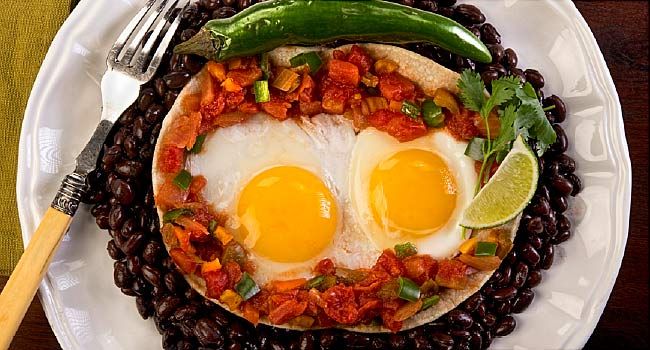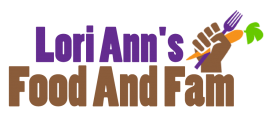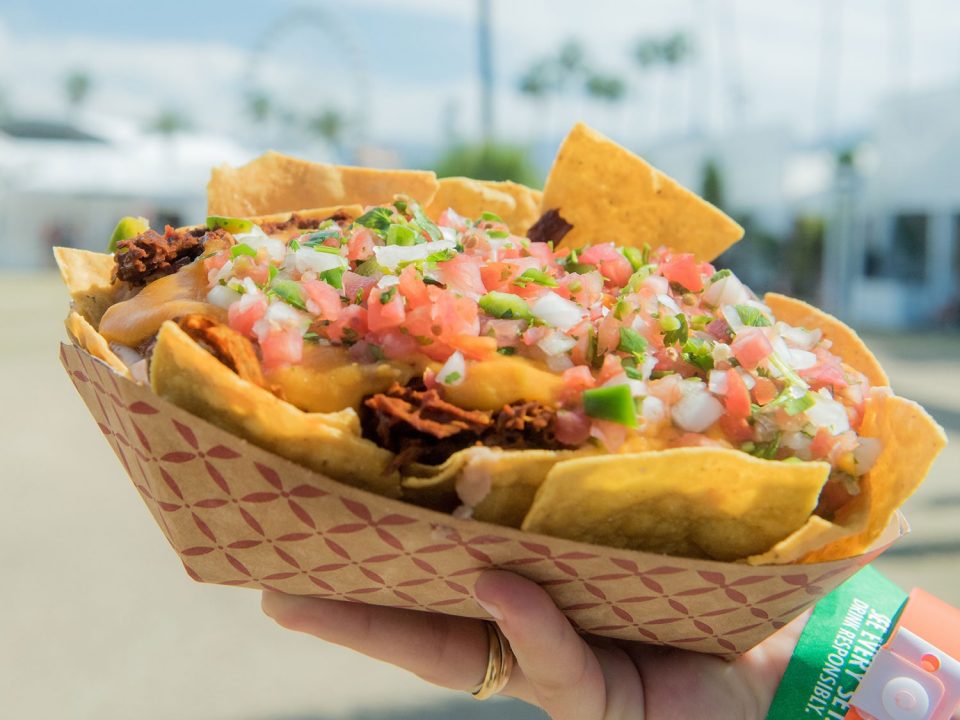Humans are actually sweet on sweets for just about any very extended time. Before sugar there’s honey, the free natural sweetener, as extended while you weren’t frightened of bees. Dating back 8000 BC, New Guinea and Southeast Asian began removing juice within the sugar cane plant and often eating it due to its flavor (nearly the same as early gum). While using discovery of granulation a few 1000 years later, it absolutely was easily transported and progressively introduced into Persia, India and finally the mediterranean countries over the trade routes. Around 510 BC the Persian Emperor Darius invaded India where he found “the reed which supplies honey without bees.”

During medieval occasions, sugar was quite pricey and considered a great spice, along with salt, cinnamon, ginger root root, cloves and pepper. Although sweetening still relied mainly on honey and fruits (like dates) it made its distance to free air travel Indies, due to Christopher Columbus, a sweet guy, since he transported sugar on his second voyage there, particularly to Hispaniola, what’s now Haiti and tobago. Ironically, ancient Romans and greeks considered it medicinal. (Oh boy, that will prosper.)
As recent as two centuries back, when sugar will be a premium commodity, the normal American consumed a maximum of 5 pounds yearly. Nowadays, the normal American consumes a fantastic 150 to 170 pounds of sugar in one year, which plays to at least oneOrfour to a minimum of oneOrtwo pound daily (picture 30 to 35 five-pound bags). Yikes. You’re thinking, absolutely no way, not me. Well, while you don’t drink sodas or sweetened beverages, added sugar is lurking in many foods where you do not realize. Sweeteners for instance high fructose corn syrup can be found in everyday basics which we use liberally without any thought: ketchup, hotdogs, fast foods, canned goods, peanut butter, bandages, this list is really unlimited..

The American Heart Association recommends added sugars should not exceed 150 calories every day (37.5 grams or 9 teaspoons) for guys 100 calories every day (25 grams or 6 teaspoons) for girls. Heck, one soda or treat blows that in the water.
Where’s this sugar invading your diet plan? Let’s take a look:
Juice boxes for kids, even if it states 100% juice, might have 15 to 22 grams of sugar for just about any 6 to 8 oz serving. They may as well be consuming sodas
Lunchables, frequently contained in children’s lunch boxes, 14 g sugar
Honey Smacks boxed cereal is 60% flat-out sugar (20 g )
Apple Jacks and Fruit Loops both can be found in at (12 g)
How about individuals drinks you believe are healthier: many popular fruit smoothies contain over 40 g inside the small size
Your chosen blended drinks at Starbucks:
Tall Caramel Frappuccino (12 oz) 46 g
Horchata Almond milk Frappuccino (16 oz) 66 g
Average 12-ounce can of soda contains 8 teaspoons of easy sugar. It takes merely four 12-ounce cans of soda to equal 1/4 pound! For most people, consuming this volume of soda right away is not challenging to accomplish. For several, it is a daily habit other popular sodas average 13 g to 16 g.
Most likely typically the most popular cookies inside your grocers’ shelf:
Chips Ahoy, just three cookies delivers 33 g
Twinkies (2 cakes) 33 g
So let’s go to what may not be as apparent:
Low-fat yogurt can comparable to 47 grams of sugar (zowie)
Sports drink (32 g)
Ragu Chunky pasta sauce 12 g sugar (per 1/2 cup)
Canned veggies 10 g per serving
Glazed doughnut 12 g
One scoop of premium frozen goodies, around 19 g (add 2 T chocolate syrup another 19 g)
Chocolate shake (unhealthy foods) 74 g sugar
two tablespoons Honey Mustard Dressing has 5 grams of sugar the identical serving of fat-free French has 7 grams, (and handful of people use just two tablespoons)
Average granola snack bar 24 g

